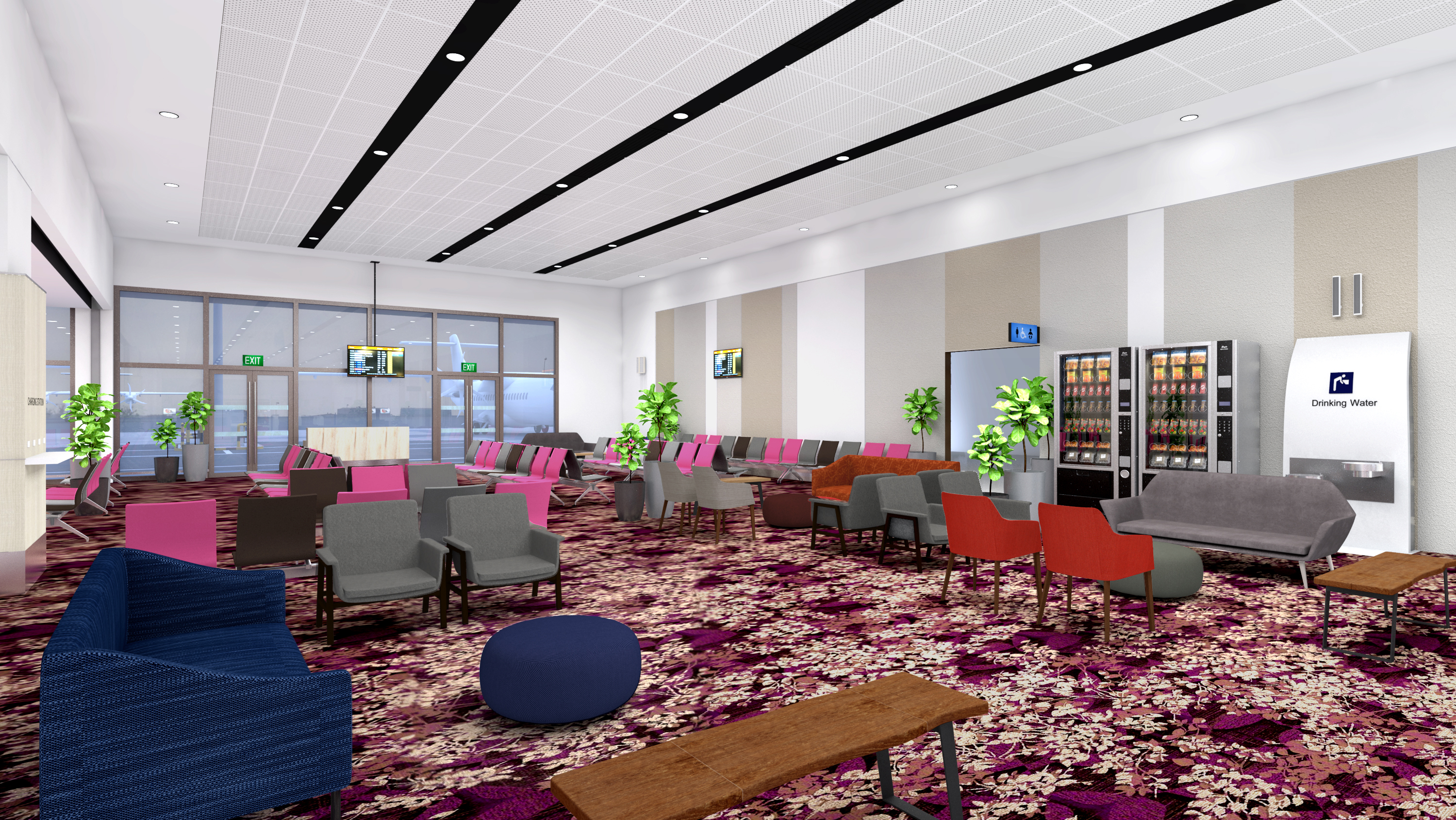Singapore's Seletar airport is on track to open a new two-storey passenger terminal by the end of 2018, as it prepares to handle turboprop operations.
Built at a cost of S$80 million ($58.6 million) and located on the eastern side of the airport, the new 10,000m2 facility will be capable of handling up to 700,000 passengers annually. The building is more than six times the size of the existing 1,500m2 terminal, said operator Changi Airport Group (CAG) during a media preview on 2 July. CAG manages the terminal, while the Civil Aviation Authority of Singapore owns the building.
The airport will handle scheduled turboprop flights and business aviation. At present, it hosts MRO facilities and business aviation, as well as a flying club.
The new terminal has been designed in a linear flow to facilitate passenger movement. In the departure area, there are four check-in counters, immigration lanes, security screening stations, and a gate holdroom to accommodate up to 200 passengers at any one time. To get to the arrival area, passengers will walk a short distance from the aircraft to the immigration and customs area, before collecting luggage.
Three aircraft stands adjoining the new terminal will be capable of handling ATR 72s. These stands can also accommodate two larger turboprops such as the Bombardier Q400s.
A dedicated business aviation facility, the Seletar Business Aviation Centre (SBAC), will also be housed within the same terminal. It will be managed by SATS Seletar Aviation Service, a joint venture between SATS, Jet Aviation, and Universal Singapore Aviation Services.
When the terminal begins operations, Malaysian turboprop operator Firefly will move its services from Changi airport to Seletar, freeing up slots for larger jet aircraft. FlightGlobal schedules data shows that Firefly operates 67 weekly flights from Ipoh, Kuantan, and Kuala Lumpur's secondary Subang airport to Singapore.
The existing terminal and the land it sits on will be returned to the Singapore government when the new terminal opens, adds CAG.
Asked why Singapore needs a dedicated airport for turboprops, Khoh explains: "The idea is to optimise our aviation system as a whole, across the two airports (Changi and Seletar). We also looked at the flight patterns across the two airports, and as turboprops are slower, it will be more optimal to shift them over to Seletar."


All images by Changi Airport Group
Source: Cirium Dashboard



















